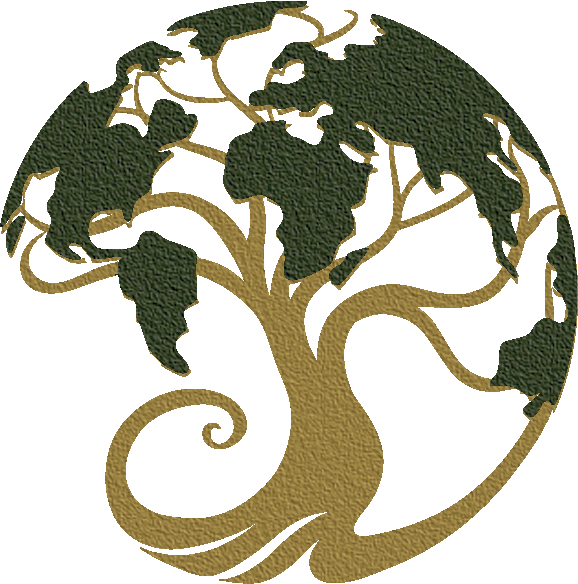Ayurveda: The Mother of Natural Medicine
Ayurveda is the world’s oldest recorded healing system, used for over 5000 years in India. Ayurveda’s goal is to achieve health by working towards balance and harmony, not by fighting disease.
Ayurveda embodies concepts of body-mind care which include spiritual philosophies that transcend religious orthodoxy. Ayurveda, which translated means “The Science of Life”. It represents a practical application of universal philosophical concepts based on universal life energy which is called, “Prana”. Ayurveda, according to records in ancient Vedic texts was being practiced before 5000 BC.
The unique appeal of Ayurveda is the integration of a Universal spiritual philosophy. Ayurveda teaches that humans consist of three aspects: the physical, the subtle, and the causal; or body, mind and soul in Western terms. Health, according to Ayurveda is a balanced expression of all five elements. The five elements in Ayurveda are described as Air, Fire, Water, Earth and Ether. The elemental system describes the functional relationship of all phenomena in nature.
Ayurveda recognizes the importance of physical balance, emotional release, mental health, environmental mindfulness, and spiritual progression in the total health picture.
Ayurveda is based on balancing the elements Air, Fire, Water, Earth and Ether through diet, herbs, essential oils, breathwork, movement, emotional bodywork, meditation, crystals, and daily lifestyle practices.
A person’s constitution is determined by a constitutional questionnaire or by seeing an Ayurvedic practitioner.
The Constitution
The Tridosha
The five elements can be seen to exist in the material universe at all scales both organic and inorganic, from peas to planets. When they enter into the biology of a living organism, man, for example, they acquire a biological form. This means that the five elements are coded into three biological forces which govern all life processes. These three forces are known as the three doshas, or simply the tridosha. The tridosha regulates every physiological and psychological process in the living organism. The interplay among them determines the qualities and conditions of the individual. A harmonious state of the three doshas creates balance and health; an imbalance, which might be an excess or deficiency, manifests as a sign or symptom of disease.
The three doshas are known as Vata, Pitta, and Kapha.
You can think of these three doshas as fundamental biological energies which regulate all the life processes of an individual, and as we will discuss later, although all individuals are made up of these same three energies, we all have them in unique proportions. The doshas obtain their qualities by virtue of their elemental composition as we can see in the simple diagram below.
Elements Composing the Tridosha
Each of the three doshas is composed of two elements.
Vata is composed of Air and Ether; Pitta of Fire and Water; Kapha of Water and Earth.
Vata dosha has the mobility and quickness of Air and Ether; Pitta dosha the metabolic qualities of Fire and Water; Kapha dosha the stability and solidity of Water and Earth. So when we are in balance these forces are life-supporting but when imbalanced they are the agents of disease and suffering.
Understanding Your Constitution
Constitutional medicine is a simple means of determining what you are born with, the combination of principles or forces that determine your individuality. Your constitution reveals the blueprint outlining the innate tendencies that have been built into your system. It shows functional habits of the body as determined by the genetic endowment of the individual and modified by environmental factors. It reveals your uniqueness and your hidden potentials – your challenges and lessons along with your gifts. Your personality, body and mind are a direct reflection of your constitution.
Constitutional medicine is the art and science of understanding the uniqueness of the individual. Only you display the elements and doshas in your own way. The ratio of the elements in your constitution and the qualities it expresses are unique to every individual, as are our fingerprints. This ratio is the baseline against which you can compare the current levels of your elements; it reflects characteristic tendencies and susceptibility to illness.
The main difference between individuals is the degree to which the elements interact with one another within each body type. Because everything is composed of antagonistic and complementary factors and tendencies, and everything operates due to the change of relationships between these opposing factors and tendencies; human physical and mental manifestations are also constituted and function by these factors and tendencies. A person’s constitution stays the same throughout their lifetime, with a reasonable ebb and flow; elements are a flowing entity, rather than a static entity. Only our physio-psychological aspects change in our lives, and, as well, our personal choices.
“The basic constitution of the individual remains unaltered during the lifetime, as it is genetically determined. The combination of elements present at birth remains constant. However, the combination of elements that governs the continuous physio-pathological changes in the body alters in response to changes in the environment“.
— Vasant Lad
The ancient wisdom of constitutional medicine provides specific guidelines to help us identify our constitutional nature. Knowing your constitution is the first step to anticipating the type of disorders and imbalances that can create dis-ease. Equally, this knowledge enables you to adjust your life to keep your elements balanced.
“In the constitution, one has inherited something that is unassimilated, conflicting or unresolved from past generations. This can serve as an obstacle or as a stimulus to greater effort and a new possibility of achievement. We must recognize constitutional tendencies as focal points we should not wish to do without; they are signposts on the road to healing that we cannot evade. They direct us toward the unfinished business of past generations.”
— Harri Wolf “The Iris and the Constitution”
CategoriesAyurvedic Medicine

